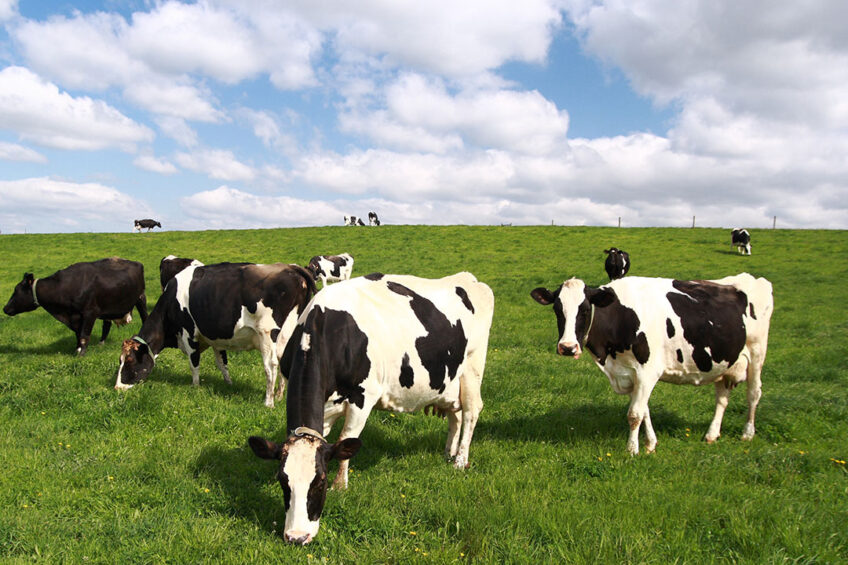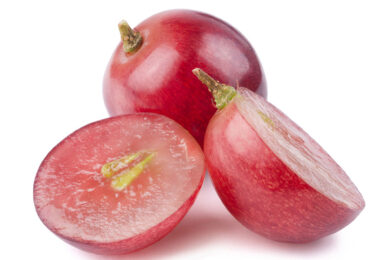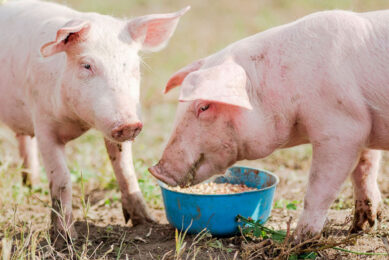Feed solutions to help combat global warming

The agricultural sector is being blamed for its contribution to global warming. It is a subject of real importance accompanied by increasing pressure from the consumer and government initiatives that are being put in place. At the same time, it remains very complex because between the fork and the table intermediaries are present. Here is a look at feed solutions and their role in tackling environmental issues.
There are questions that arise around this topic and as an important link in the chain of animal production, feed manufacturers must be structured to best respond to the issues and to provide the necessary information and solutions. Knowing the environmental impact of the production of a compound feed is essential. CCPA proposes an update of the environmental values of raw materials to be able to concretely measure the impact on these productions and to think about improvement plans.
Integrating the environmental impact
The formulation of feeds is traditionally based on the optimisation between the cost price and the nutritional characteristics. CCPA has worked on considering the environmental impact as a new formulation criterion. Producing feed with local raw materials, crops requiring less inputs or valorising co-products thanks to the circular economy can reduce the carbon footprint for a ton of feed produced. To carry out this work, the technical services relied on life cycle assessment (LCA) from existing databases (GFLI and ECOALIM) and is supplemented by our knowledge of the production processes of these raw materials and other plant species. Each raw material is therefore assigned an environmental value (expressed in CO2eq equivalent), and consequently a value for the overall feed.
Vivactiv feed solutions
Vivactiv is a range of plant-based adjuvants that enable the energy and protein fractions of feeds to be enhanced. This opens the field of formulation to a greater choice of resources, use of co-products as alternatives to cereals and valorisation of local proteins as an alternative to imported soya.
At the scale of a feed factory, a study was carried out on a real case with feed manufacturing for dairy cows, beef cattle, sheep, and goats. The feeds were formulated without and with Vivactiv, respecting the same nutritional constraint, on a June 2022 price basis and the greenhouse gas impact (GHG) was evaluated on the ECOALIM basis with deforestation impacts (Table 1).
There was an average of 23% reduction in GHGs per ton of feed produced, thanks to the use of Vivactiv, which allowed the use of new raw materials, the raw materials come of non-deforested areas, and a decreased of soybean meal utilisation.The average gain is 181 kg of C02eq emitted per ton of feed produced. This value fluctuates according to the level of protein and the raw material available in the concentrate. A reduction of 181 kg of C02eq is equivalent to 79 litres of gasoline or 1300 km driven (with 6l of gasoline for 100 km).The improvement of the food values allowed by Vivactiv is based on solid scientific foundations and has been the subject of scientific publications (INRAe, South Dakota University). This means that changes in food composition can be made in complete safety.
Solutions for the future
It is thus possible to have not only a vision of the environmental impact of feed but also to globalise it at the level of an entire feed plant. This can lead to choices of supply chain and feed range. It is important to note that these changes are made not only without additional cost but most often with a gain in cost price. These first values will certainly be reviewed and refined as knowledge is acquired and this provides a starting point and an improvement objective for the manufacturer.
Other equally important aspects that will complete this approach is related with the breeding and the animal. The improvement of digestion made possible by Vivactiv allows for a reduction in the release of nitrogen and methane into the environment. For the latter, a published trial showed a 6.5% reduction in methane emissions per litre of milk produced (Ballard V. et al., 2011). The impact of breeding will complete the upstream part conducted by the feed manufacturer. The aim is to have to most global vision possible of the sector.







